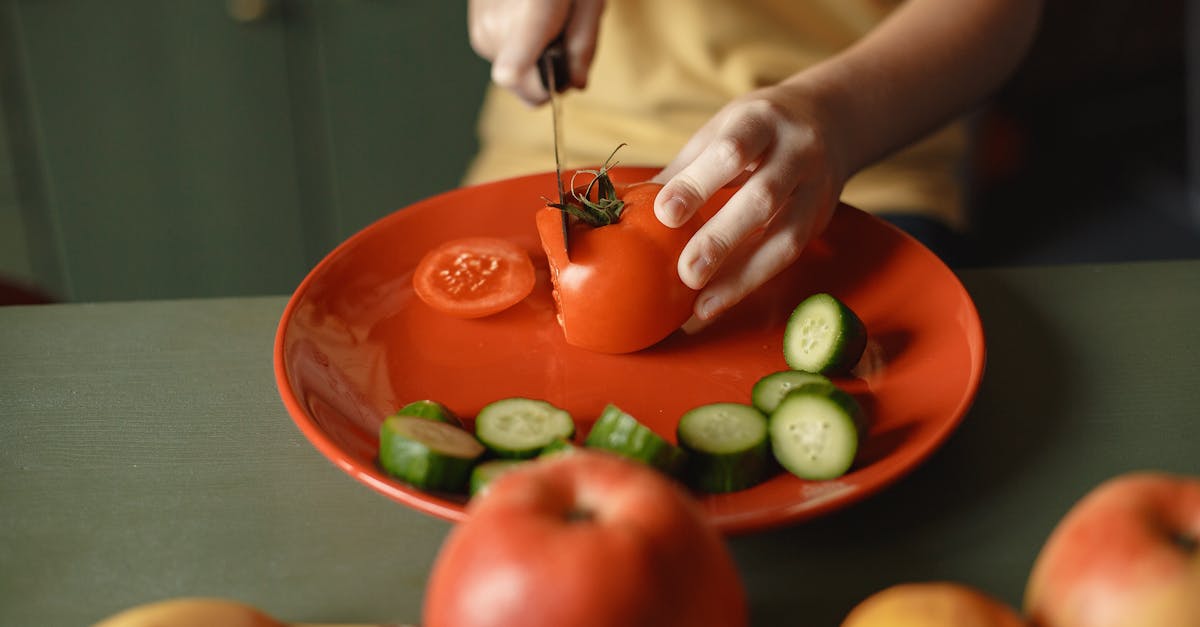The Power of Presentation
Kids are visual creatures, and sometimes all it takes is a creative presentation to make vegetables enticing! Think about using cookie cutters to shape veggies into fun, recognizable shapes. Arrange them on plates like a colorful rainbow or a cute animal face. This not only makes the food fun but also sparks curiosity. One time, I made a ‘veggie train’ using cucumbers for the train cars and baby carrots as wheels, and my little one absolutely loved it! Remember, the more playful the presentation, the more likely your kids will give those veggies a try.
Sneaky Nutrition with Smoothies
Smoothies are a fantastic way to sneak in nutrition. Blend spinach, cucumbers, or even carrots with fruits like bananas or berries. The sweetness of the fruit often masks the taste of the veggies, making it a win-win. Once, I managed to sneak broccoli into a berry smoothie, and my kids had no idea!
Pro tip: Let your children pick out the fruits and veggies for their smoothie recipe – it gives them a sense of control and accomplishment.
Veggie Dips for Fun and Flavor
Veggie dips can turn ordinary vegetables into a delightful snack. Kids love dipping, and it adds an element of fun. Try hummus, yogurt-based dips, or even a simple guacamole. On a hot summer day, I serve a platter of fresh veggies with a cool, creamy dip, and it’s an instant hit. If your child isn’t a fan of one dip, keep experimenting – the key is variety and finding what they enjoy.

Remember, offering a colorful array of veggies alongside different dip options can make snack time exciting and nutritious. Encourage your little ones to try new flavors and textures by making it an enjoyable experience. Whether it’s for a quick bite or a party, veggie dips are versatile and always a crowd-pleaser.
Interactive Snack Time: DIY Veggie Snacks
Make snack-time interactive with Do-It-Yourself veggie snacks. Set up a ‘veggie building station’ where kids can assemble their snacks. Think along the lines of celery sticks with peanut butter, topped with raisins to make ‘ants on a log.’ Kids love the hands-on activity and the chance to create their edible masterpieces. One rainy afternoon, my kids spent an hour making veggie faces on mini pitas – vegetables were consumed, creativity was sparked, and fun was had!

Give your child a chance to play with food in a positive and creative way. It’s not just about eating vegetables but about cultivating a positive relationship with healthy food choices.
Teaching Through Gardening
A hands-on approach, like gardening, can help kids overcome their hesitation towards vegetables. Involve your children in growing their own veggies – from planting seeds to watering, to harvesting. Once they see the fruits (or veggies) of their labor, they’re more inclined to taste what they’ve grown. I remember the joy in my daughter’s eyes when she picked her first cherry tomato. Children take pride in their gardening efforts, which can lead to a willingness to try new vegetables.

Encouraging Patience and Persistence
Patience and persistence are crucial. Not every attempt will be successful, and that’s okay! It can take multiple exposures for children to accept and enjoy new foods. Stay positive and avoid pressuring them. Instead, celebrate small victories. I recall how my son refused to eat carrots for weeks, but gradually, with a lot of encouragement and a bit of patience, he now munches on them happily. Encourage your kids and be patient – good habits will form over time.

Key Takeaway: Encourage your children gently and be patient with their progress. Small steps lead to big changes over time. Celebrate even the smallest victories along the way.
